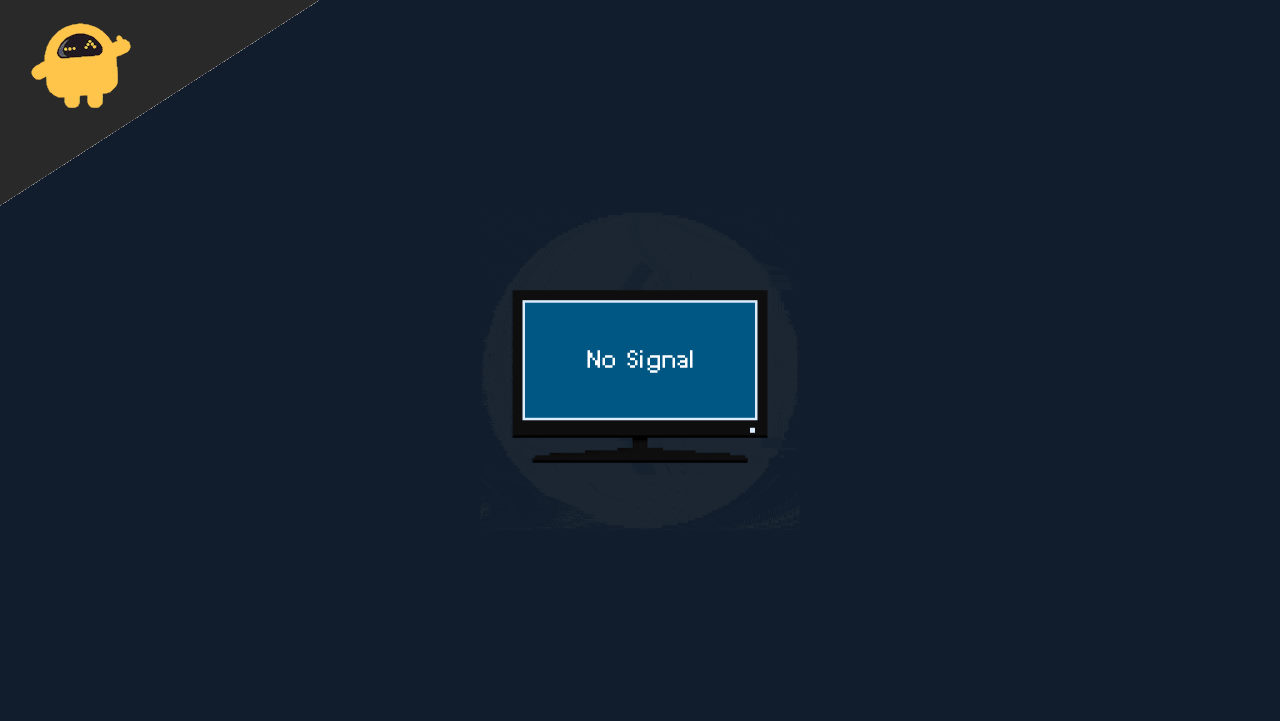A common issue that computer users may encounter is the “No Signal” message displayed on their monitor after turning on their computer. This problem can be quite frustrating, especially when you need to use your computer for important tasks or entertainment. The “No Signal” message indicates that the monitor is not receiving a signal from the computer’s graphics card, and there could be several reasons for this issue.
Understanding the potential causes of the “No Signal” issue is crucial in determining the appropriate solution. These causes may range from loose connections and hardware issues to problems with the graphics card itself. By identifying the root cause, you can apply the necessary fixes and restore your monitor’s functionality as quickly as possible.
In this article, we will discuss some common reasons behind the “No Signal” message and provide you with a step-by-step guide on how to troubleshoot and resolve the issue. By following these steps, you should be able to restore your monitor’s display and get back to using your computer without any further disruptions.

Page Contents
Why Does My Monitor Say No Signal After Turning On? How to Fix It?
Before we proceed to the troubleshooting methods below, make sure you check the connection type and connection ports. Sometimes the connection ports such as VGA or HDMI can get rust, and cause connection issues.
Method 1: Check Display cables
The monitor will say “No signal” if there is no input signal from your computer or laptop. So the first thing that you will need to check is the display cables. Different types of cables are available to connect your Laptop or CPU to your monitor. HDMI and VGA Display Cable are some to mention. Most modern computers use HDMI. So disconnect your HDMI cable from both ends and try reconnecting firmly.
On the other hand, if the cables are not working correctly, the display will show No signal. So it is best you try with a different cable if available. Or try connecting your laptop or desktop to a TV to rule out this.
Method 2: Check if your CPU is turned ON
Sometimes, the PC might not be turned ON causing your monitor to say “No signal”. Turn ON your CPU and check if can be powered on. If it’s not powering on (Power LED not lighting up, or CPU fan, not spinning).
If you are feeling that the CPU is not powering ON, then you will need to check and resolve that first. Mostly reseating the RAM will solve this issue. In worst cases, you will need to perform full diagnostics by removing every part and inserting it one by one. If this sounds too complicated, then it would be a good idea to contact your computer hardware provider.
Method 3: Check Display Settings
If you are using a laptop and the laptop display is working, then you will need to check the display settings. Press Windows + P and select Duplicate, and you should be able to see the display out on your monitor. Later depending on your needs, you can either extend or run only on the second monitor by selecting the other options when pressing Windows + P key.
If you’re still unable to get the video output on your monitor. You should try to update your Graphics driver on your laptop and your desktop. Sometimes, corrupt drivers could also cause the no signal issue on your external monitors.
Method 4: Use Different Port
Your CPU will have at least two different ports for video output. If one of them is not working, you should try the other one. Usually, the other one might be of a different type. You will need converter cables or an adapter if your monitor also doesn’t have the same input as the one you have on your CPU.
If you find out that one of the ports is not working, you might want to get the board replaced in Warranty. If it’s not in warranty you can either use convertors and live with it or get a new motherboard or Video card depending on your preference.
Method 5: For Dedicated Graphics Card
If you are using a dedicated graphics card from Nvidia or AMD, then sometimes they might not work with Monitors properly. In this case, you can try switching to a different port on the card. If nothing else works, you can remove the Graphics card from the CPU and try connecting to the motherboard HDMI port to check if it’s working.
Method 6: Check Input sources
If you are still not able to get the monitor working, then it is time to check the monitor by using a different input source like a different laptop or even your TV receiver. Because if it doesn’t work to that, maybe your monitor is having some hardware issues with it. You might want to check it and get it resolved, if under warranty.
Conclusion
This brings us to the end of the guide for fixing an issue where the monitor say no signal after turning on. Please more that if none of the above methods works for you, then you should try cleaning the ports or maybe try changing the connection cable. Sometimes these small troubleshooting steps can help solve the issue.
